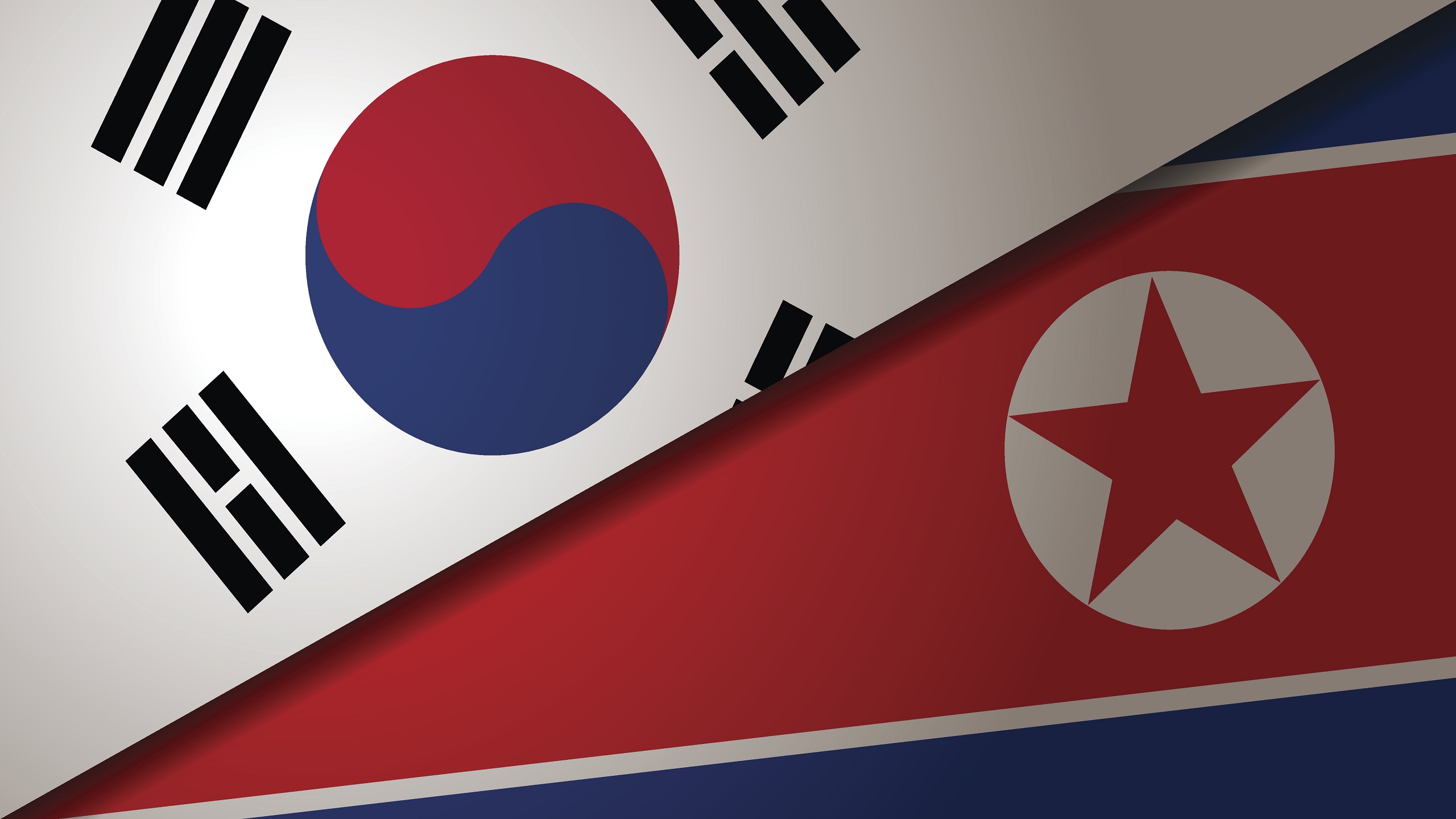Which of the 2 Koreas Do We Want To Be?
Annahar, Kuwait, March 30
After the conclusion of World War II, the Korean people found themselves split between North Korea, encompassing 120,000 square kilometers, and South Korea, spanning 100,000 square kilometers. The North was the richest and most advanced, and its population was half the population of the South. The richer North embraced a communist ideology championing state control over the economy, supported by the Soviets and China, while the South adopted capitalism, emphasizing the importance of a thriving private sector with the aid of American influence. In 1946, the inhabitants of South Korea protested against the American presence, advocating for their withdrawal. By 1948, both nations had officially declared their autonomy. Nevertheless, tensions escalated two years later when the North, with backing from Russia and China, launched an invasion into the South. Despite the support of the United Nations, the United States, and Western nations for the South, a devastating three-year conflict ensued resulting in 3 million casualties, ultimately bringing both countries back to their original borders. Unfortunately, the aftermath of war often demonstrates the futility of violence as a means of conflict resolution. Fast forward to today, the population of North Korea stands at 25 million with an income of $40 billion. However, with an average per capita income of $1,800, North Korea is ranked among the poorest nations globally, vulnerable to periodic famines. Conversely, South Korea boasts a population of 56 million, with a staggering income of $3 trillion and an average per capita income of $56,000, solidifying its status as one of the wealthiest nations on the planet. The critical question now arises: as the Kuwaiti populace embarks on a journey beyond the oil economy, which Korean model do they envision for their future? Do they opt for the path of North Korea, characterized by the dominance of the rentier state and authoritative government intervention in all aspects of life, closely mirroring their current situation? Or do they aspire to emulate South Korea, championing a model that nurtures a vibrant private sector focused on productivity, competition, and global export? The choice demands thoughtful consideration, one that can be voiced through the upcoming election on April 4, when selecting leaders who will safeguard wealth development, bolster the existing administration, and promote private sector growth. Alternatively, there is the option to elect individuals who perpetuate the rentier state’s survival, advocating against the private sector, even if covertly. The decision is ultimately in our hands, as we deliberate on whether we desire to follow the path of progress and prosperity embodied by South Korea or succumb to the repressive authoritarianism reminiscent of North Korea. —Sami Al-Nisf (translated by Asaf Zilberfarb)


